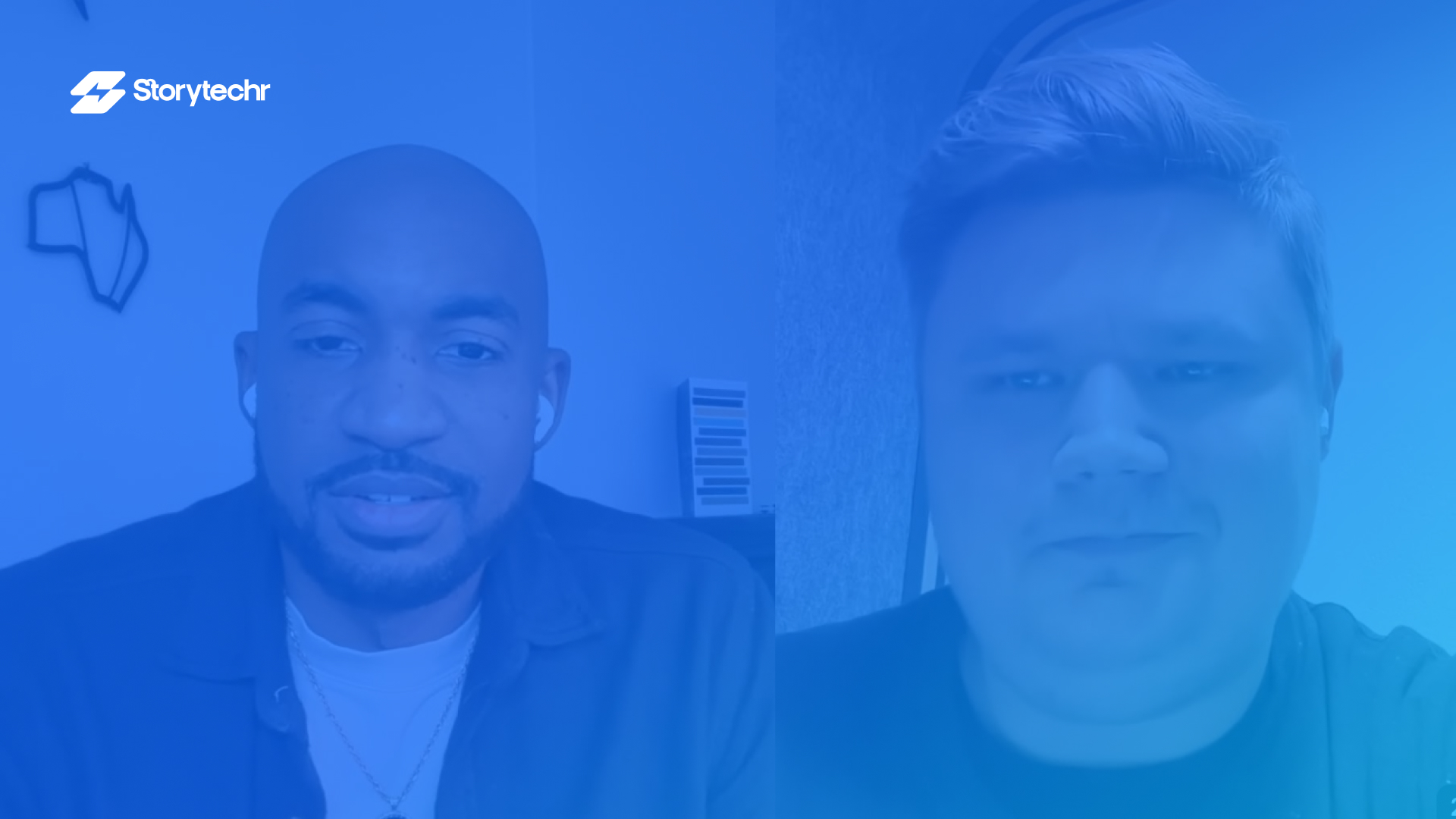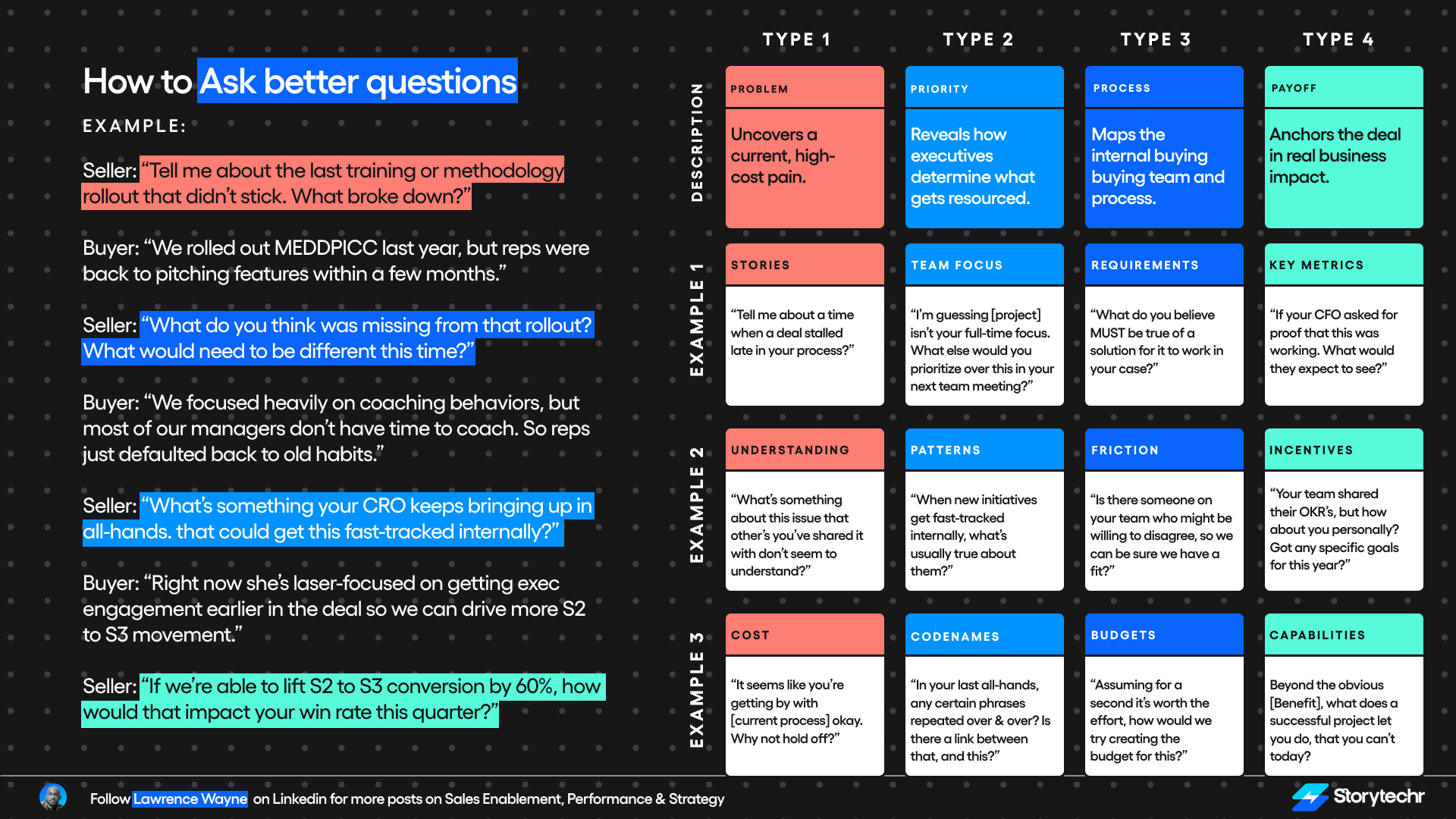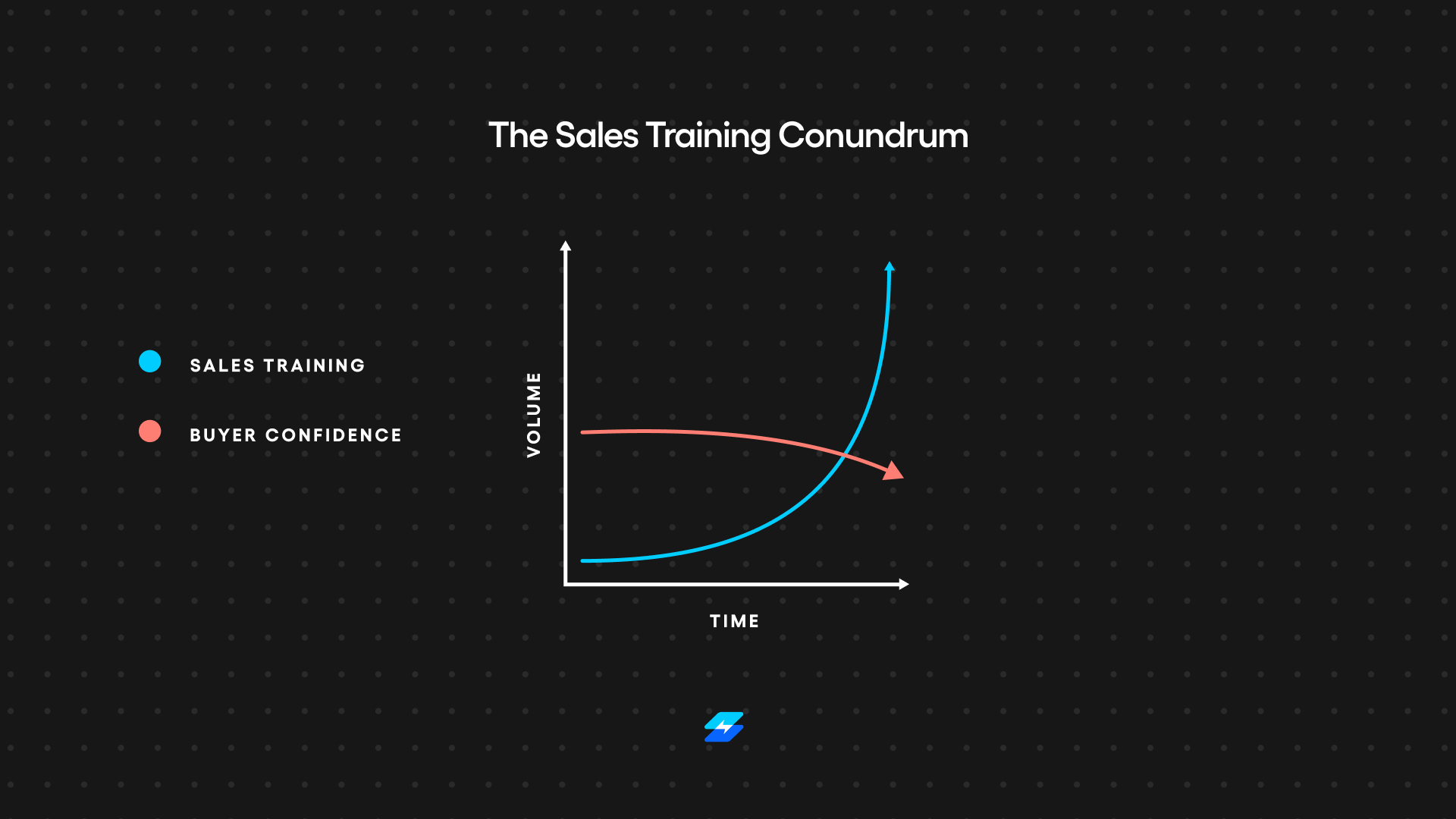Qminder: From $12K deals to $1M pipeline
After 18 months of flat conversion rates, QMinder's enterprise deals kept vanishing after demos. Through six strategic coaching sessions focused on systematic business case writing, they transformed their approach—moving from $10-12K deals to their first seven-figure pipeline and compressing sales cycles from 9-12 months to 45 days.
When Staying Small Becomes the Bigger Risk
Finding the path to bigger deals
QMinder was stuck.
After 18 months of flat conversion rates, Raul Kallaste faced a brutal reality. His team could close $10-12K SMB deals all day long, but every enterprise opportunity vanished after the demo.
On top of that, his team was down a rep to maternity leave and needed to find a way to make up for the drop in productivity without running his team into the ground.
The breaking point came when QMinder needed additional capital to scale the organization. They had no choice but to solve their enterprise sales problem or stay small forever.
"We were quite nicely able to close these small and medium deals where the stakeholders were hands-on and the process wasn't complicated. But with these larger enterprise deals, we didn't basically know what we didn't know."
The math was simple: Stay at SMB level and grind through dozens more deals to hit targets, or figure out how to close the enterprise deals that were already coming inbound.
Old Habits Die Hard
How to teach a seller that's seen it all.
Raul had been in sales for 11 years when we started working together.
His initial reaction? "I know this stuff already."
The biggest skepticism centered on time investment: "In the beginning, the writing takes a lot of time. If you're not used to it, if you don't have these standard cases that you can repurpose..."
He was particularly hesitant about whether customers would actually use the business cases he'd spend hours crafting.
"I was hesitant on if my customers would actually use these documents I was going to write."
Plus, the foundation-setting phase felt slow for someone who wanted to jump straight into tactics. "I'm really, really impatient and the 'leveling out the playing field' part was difficult for me."
Six Sessions to Seven Figures
A systematic process for crafting narratives that stick
Instead of fighting the skepticism, we leaned into it.
We started with systematic process over personality. Six coaching sessions focused on one thing: creating documents that continue selling when you're not in the room.
The breakthrough came in three phases:
Phase 1: Foundation (Despite the Impatience)
We aligned on buyer psychology and enterprise decision-making, even though Raul wanted to skip to tactics.
"There's really no way for you to know what I know than to go over those basic points."
Phase 2: Business Case Structure
We taught a structured approach to problem diagnosis that forced deeper discovery. The business case framework gave Raul questions to ask that he'd never considered:
"What are the high-level issues we're solving for managers, directors, VPs, C-levels? There's only maybe one or two KPIs that go through across all leadership levels."
Phase 3: Process Over Emotion
We established systematic steps for deal progression. "Following the process makes you less emotional about deals. The other side feels when you're emotionally attached and needy."
The proof came when a customer shared their internal business case with sections copied word-for-word from Raul's work. "Not a single word was modified."
Finally Breaking Into Enterprise
The new reality for Raul and his team.
The transformation was immediate and measurable:
Deal Size Explosion:
→ From $10-12K average deals to first $1M ARR conversations in company history
→ Multiple 6-figure deals with signed NDAs and MSA negotiations in progress
Cycle Compression:
→ Enterprise deals that used to disappear after first calls now moving to proof of concept in 45 days
→ Redlining contracts in 2-3 months instead of 9-12 months of hoping
Process Systematization:
→ Reusable business case templates for automotive, medical, and banking verticals
→ Structured follow-up that positions QMinder as professionals who understand business
The Mindset Shift:
"We're being able to engage with the whole company, with a wider range of stakeholders and approach the process more methodically."
Secondary Wins:
→ Moving from product-led to sales-led motion
→ Engaging outbound agencies for additional lead generation
→ Creating workflows for different stakeholder perspectives on software usage
"If you want to get attention of these larger decision makers in larger organizations, you have to write. There's no way. You can't put it in an email because it has to be shareable, printable, easy to comprehend, structured in a certain way."
The Bigger Picture
This wasn't just about one rep getting better at sales.
It was about QMinder building a systematic approach to complex deals that doesn't depend on personality or luck.
For the first time in company history, they're having serious conversations about seven-figure deals because they learned the skill that enterprise buyers actually use to make decisions: strategic writing that travels through organizations when you're not in the room.
Ready to transform your enterprise sales approach? Contact Lawrence Wayne at Storytechr to discuss implementing strategic writing for your team.
When Staying Small Becomes the Bigger Risk
Finding the path to bigger deals
QMinder was stuck.
After 18 months of flat conversion rates, Raul Kallaste faced a brutal reality. His team could close $10-12K SMB deals all day long, but every enterprise opportunity vanished after the demo.
On top of that, his team was down a rep to maternity leave and needed to find a way to make up for the drop in productivity without running his team into the ground.
The breaking point came when QMinder needed additional capital to scale the organization. They had no choice but to solve their enterprise sales problem or stay small forever.
"We were quite nicely able to close these small and medium deals where the stakeholders were hands-on and the process wasn't complicated. But with these larger enterprise deals, we didn't basically know what we didn't know."
The math was simple: Stay at SMB level and grind through dozens more deals to hit targets, or figure out how to close the enterprise deals that were already coming inbound.
Old Habits Die Hard
How to teach a seller that's seen it all.
Raul had been in sales for 11 years when we started working together.
His initial reaction? "I know this stuff already."
The biggest skepticism centered on time investment: "In the beginning, the writing takes a lot of time. If you're not used to it, if you don't have these standard cases that you can repurpose..."
He was particularly hesitant about whether customers would actually use the business cases he'd spend hours crafting.
"I was hesitant on if my customers would actually use these documents I was going to write."
Plus, the foundation-setting phase felt slow for someone who wanted to jump straight into tactics. "I'm really, really impatient and the 'leveling out the playing field' part was difficult for me."
Six Sessions to Seven Figures
A systematic process for crafting narratives that stick
Instead of fighting the skepticism, we leaned into it.
We started with systematic process over personality. Six coaching sessions focused on one thing: creating documents that continue selling when you're not in the room.
The breakthrough came in three phases:
Phase 1: Foundation (Despite the Impatience)
We aligned on buyer psychology and enterprise decision-making, even though Raul wanted to skip to tactics.
"There's really no way for you to know what I know than to go over those basic points."
Phase 2: Business Case Structure
We taught a structured approach to problem diagnosis that forced deeper discovery. The business case framework gave Raul questions to ask that he'd never considered:
"What are the high-level issues we're solving for managers, directors, VPs, C-levels? There's only maybe one or two KPIs that go through across all leadership levels."
Phase 3: Process Over Emotion
We established systematic steps for deal progression. "Following the process makes you less emotional about deals. The other side feels when you're emotionally attached and needy."
The proof came when a customer shared their internal business case with sections copied word-for-word from Raul's work. "Not a single word was modified."
Finally Breaking Into Enterprise
The new reality for Raul and his team.
The transformation was immediate and measurable:
Deal Size Explosion:
→ From $10-12K average deals to first $1M ARR conversations in company history
→ Multiple 6-figure deals with signed NDAs and MSA negotiations in progress
Cycle Compression:
→ Enterprise deals that used to disappear after first calls now moving to proof of concept in 45 days
→ Redlining contracts in 2-3 months instead of 9-12 months of hoping
Process Systematization:
→ Reusable business case templates for automotive, medical, and banking verticals
→ Structured follow-up that positions QMinder as professionals who understand business
The Mindset Shift:
"We're being able to engage with the whole company, with a wider range of stakeholders and approach the process more methodically."
Secondary Wins:
→ Moving from product-led to sales-led motion
→ Engaging outbound agencies for additional lead generation
→ Creating workflows for different stakeholder perspectives on software usage
"If you want to get attention of these larger decision makers in larger organizations, you have to write. There's no way. You can't put it in an email because it has to be shareable, printable, easy to comprehend, structured in a certain way."
The Bigger Picture
This wasn't just about one rep getting better at sales.
It was about QMinder building a systematic approach to complex deals that doesn't depend on personality or luck.
For the first time in company history, they're having serious conversations about seven-figure deals because they learned the skill that enterprise buyers actually use to make decisions: strategic writing that travels through organizations when you're not in the room.
Ready to transform your enterprise sales approach? Contact Lawrence Wayne at Storytechr to discuss implementing strategic writing for your team.
More resources you might like
Grab more DIY resources. They'll open in a new tab.




